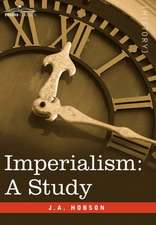How to Reach Japan by Subway: America's Fascination with Japanese Culture, 1945–1965: Studies in Pacific Worlds
Autor Meghan Warner Mettleren Limba Engleză Hardback – iun 2018
Japan’s official surrender to the United States in 1945 brought to an end one of the most bitter and brutal military conflicts of the twentieth century. U.S. government officials then faced the task of transforming Japan from enemy to ally, not only in top-level diplomatic relations but also in the minds of the American public. Only ten years after World War II, this transformation became a success as middle-class American consumers across the country were embracing Japanese architecture, films, hobbies, philosophy, and religion. Cultural institutions on both sides of the Pacific along with American tastemakers promoted a new image of Japan in keeping with State Department goals. Focusing on traditions instead of modern realities, Americans came to view Japan as a nation that was sophisticated and beautiful yet locked harmlessly in a timeless “Oriental” past. What ultimately led many Americans to embrace Japanese culture was a desire to appear affluent and properly “tasteful” in the status-conscious suburbs of the 1950s.
In How to Reach Japan by Subway, Meghan Warner Mettler studies the shibui phenomenon, in which middle-class American consumers embraced Japanese culture while still exoticizing this new aesthetic. By examining shibui through the popularity of samurai movies, ikebana flower arrangement, bonsai cultivation, home and garden design, and Zen Buddhism, Mettler provides a new context and perspective for understanding how Americans encountered a foreign nation in their everyday lives.
In How to Reach Japan by Subway, Meghan Warner Mettler studies the shibui phenomenon, in which middle-class American consumers embraced Japanese culture while still exoticizing this new aesthetic. By examining shibui through the popularity of samurai movies, ikebana flower arrangement, bonsai cultivation, home and garden design, and Zen Buddhism, Mettler provides a new context and perspective for understanding how Americans encountered a foreign nation in their everyday lives.
Din seria Studies in Pacific Worlds
-
 Preț: 200.91 lei
Preț: 200.91 lei -
 Preț: 214.42 lei
Preț: 214.42 lei -
 Preț: 179.90 lei
Preț: 179.90 lei -
 Preț: 469.83 lei
Preț: 469.83 lei -
 Preț: 352.71 lei
Preț: 352.71 lei -
 Preț: 393.42 lei
Preț: 393.42 lei -
 Preț: 459.22 lei
Preț: 459.22 lei - 19%
 Preț: 423.53 lei
Preț: 423.53 lei
Preț: 362.11 lei
Nou
Puncte Express: 543
Preț estimativ în valută:
69.29€ • 75.50$ • 58.39£
69.29€ • 75.50$ • 58.39£
Carte tipărită la comandă
Livrare economică 23 aprilie-07 mai
Preluare comenzi: 021 569.72.76
Specificații
ISBN-13: 9780803299634
ISBN-10: 080329963X
Pagini: 294
Ilustrații: 8 photographs, 7 illustrations, index
Dimensiuni: 152 x 229 x 28 mm
Greutate: 0.59 kg
Editura: Nebraska
Colecția University of Nebraska Press
Seria Studies in Pacific Worlds
Locul publicării:United States
ISBN-10: 080329963X
Pagini: 294
Ilustrații: 8 photographs, 7 illustrations, index
Dimensiuni: 152 x 229 x 28 mm
Greutate: 0.59 kg
Editura: Nebraska
Colecția University of Nebraska Press
Seria Studies in Pacific Worlds
Locul publicării:United States
Notă biografică
Meghan Warner Mettler is an assistant professor of history at Upper Iowa University.
Cuprins
List of Illustrations
Acknowledgments
Introduction
1. Humble Leaders of the Free World: Historical Context of the Shibui Aesthetic
2. Samurai at the Sure Seaters: 1950s “Highbrow” Japanese Movies in the United States
3. Friendship through Flowers: Americans’ Appreciation of Ikebana and Bonsai
4. How to Be American with Shibui Things: Japanese Aesthetics in the American Home
5. Satori in America: Intellectuals and Artists Discover Zen Buddhism
6. Zen Goes “Boom”: The Popularity of Zen Buddhism, Both Beat and Square
7. Japan for the Rest of Us: Non-Shibui Japanese Imports in the Postwar Era
Conclusion
Notes
Bibliography
Index
Acknowledgments
Introduction
1. Humble Leaders of the Free World: Historical Context of the Shibui Aesthetic
2. Samurai at the Sure Seaters: 1950s “Highbrow” Japanese Movies in the United States
3. Friendship through Flowers: Americans’ Appreciation of Ikebana and Bonsai
4. How to Be American with Shibui Things: Japanese Aesthetics in the American Home
5. Satori in America: Intellectuals and Artists Discover Zen Buddhism
6. Zen Goes “Boom”: The Popularity of Zen Buddhism, Both Beat and Square
7. Japan for the Rest of Us: Non-Shibui Japanese Imports in the Postwar Era
Conclusion
Notes
Bibliography
Index
Recenzii
"Mettler's study does a fine job of bringing much nuance and texture to the place of Japan in postwar American life and culture."—Mari Yoshihara, Journal of American History
"How to Reach Japan by Subway demonstrates the promises of mining the cultural archive of U.S. consumerism for a richer understanding of elite American imaginings of the other at the peak of U.S. global power."—Andrew C. McKevitt, American Historical Review
“A wonderful contribution to our knowledge in the field of twentieth-century U.S. history, American studies, Asian American studies, and America in the world. It is a fun and exciting read.”—Hiroshi Kitamura, associate professor of history at the College of William and Mary
“With elegant erudition, Meghan Warner Mettler explains why and how Americans found themselves embracing the culture of their recently defeated enemy. . . . A pleasure to read, Mettler’s book ultimately suggests that war and peacemaking also structure private, individual choices about taste in a consumer society.”—Naoko Shibusawa, associate professor of history at Brown University and author of America’s Geisha Ally: Reimagining the Japanese Enemy
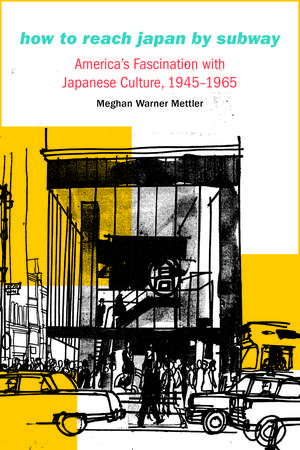




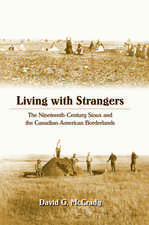
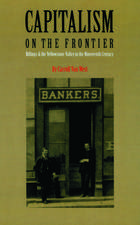
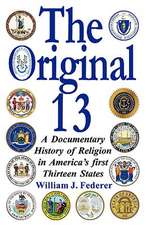



![Romanism At Home: Letters to the Hon. Roger B. Taney / by Kirwan [Pseud.].](https://i2.books-express.ro/bt/9781425526276/romanism-at-home.jpg)








